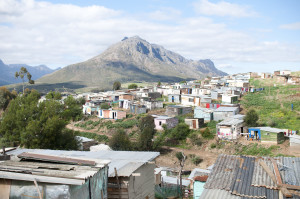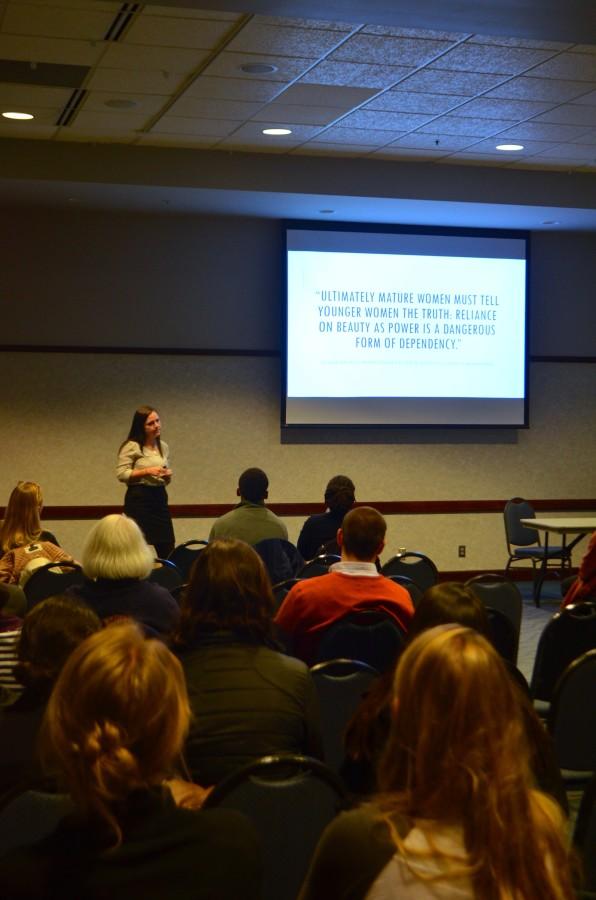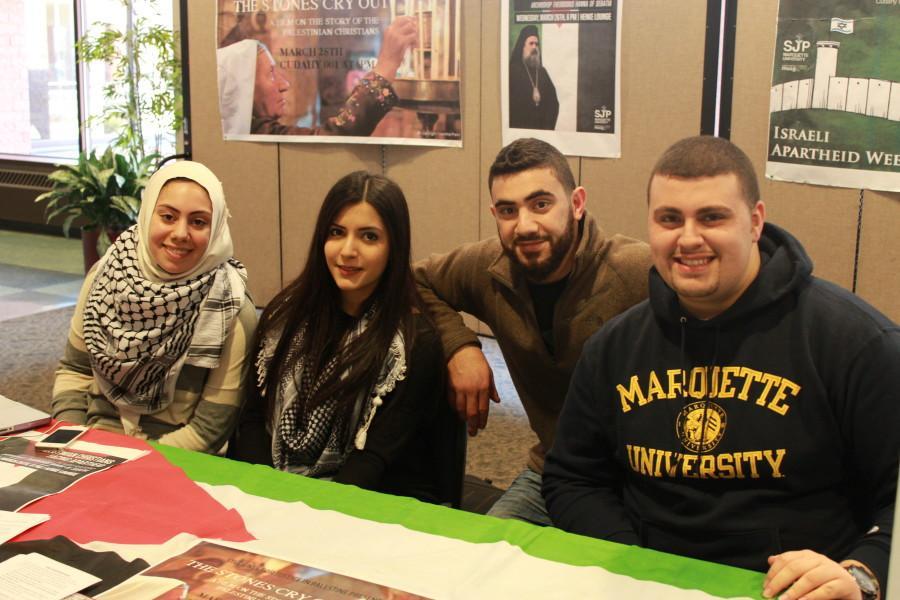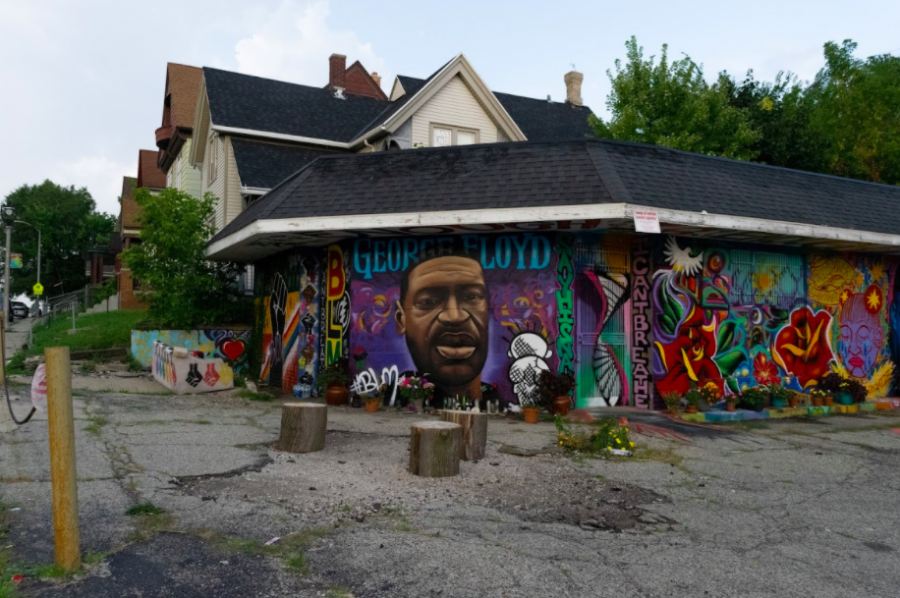 South Africa is a beautiful country with a diverse landscape and people. Common associations made with the country are Nelson Mandela, the big five native animals and the popularized folk song, “Shosholoza.” While these are pretty prevalent in the country, particularly in souvenir shops and on the Rand currency, there is much more to this place.
South Africa is a beautiful country with a diverse landscape and people. Common associations made with the country are Nelson Mandela, the big five native animals and the popularized folk song, “Shosholoza.” While these are pretty prevalent in the country, particularly in souvenir shops and on the Rand currency, there is much more to this place.
Beyond the visually pleasing side of South Africa, there is a harsh history which continues to bear importance still. Though the apartheid system which made racial discrimination legal has been banished for 20 years, the repercussions remain relevant in addition to other growing issues.
Racial disparities remain a national albatross and gender inequalities have increased since the end of apartheid. These are apparent problems which continue to threaten the nation’s supposed progress. Having seen some of these up close, it is clear South Africa, much like the United States, has a long way to go to strike out inequalities.
Home to a diverse climate and population, it is a land of plentiful variety and differing circumstances. South Africa is home to people originating from all over the world and continues to draw people into its vibrant culture. But it is possible for someone to spend their entire lives in South Africa without seeing its more tortured side, the one still trying to reconcile with the effects of past legal discrimination and an increasingly violent society.
More than just a pretty and idyllic postcard, South Africa holds a dark past that tends to overshadow its present.
The nation’s beauty really is breathtaking. There are mountains, oceans, deserts and many peoples comprising the overall friendly country. In Cape Town, one of the three national capitals and home to a dynamic scene, the oceans and mountain range are never far from sight. The environment appears welcoming and, on a nice day, it is very difficult to ever go inside.
This is the kind of place foreign and local investors want you to imagine when considering a visit to South Africa: a picturesque haven where people are free to do as they please. This, however, is not an accurate representation of the state of the country.
When one looks deeper into the country, the real history and its continued effects are overwhelmingly obvious. In some cases, particularly with gender relations, inequalities have gotten worse. When addressing inequalities it is important to see how race and gender overlap in many contexts and how the problems we face are not isolated but intersectional.
Racial tensions and disparities existed long before the implementation of apartheid in 1948 and have continued long after its removal. Apartheid as a series of laws was used to preserve the dominance of the minority white population while managing the black African peoples who were construed as unruly and uncivilized. Peoples’ abilities to act autonomously and prosper were determined by the state with dreadful effects. Access to better jobs, better homes and the right to vote were all determined by skin color, with the black population being mostly shut out.
Apartheid effectively kept racially diverse people separate and in opposition so there was less chance that they would band together against the white minority population. It was meant to instill order, yet the harshness of the regime, reinforced by a highly violent policing body, incited great reactions against the imposed status quo.
It took many years of hard work and a plummeting economy for the system to be brought down in 1994. Since legal discrimination has ended, Nelson Mandela was the first black and democratically elected president and a new, progressive constitution was written to ensure apartheid would stay in the past.
From the current state of South Africa, it would appear the remaining systems originally constructed during apartheid continue to contribute to hardships faced by the black majority. People in South Africa know this, claiming that what is written on paper is not the lived reality of most people.
No one can legally be racially discriminated against when seeking a place to live or a job, but there remain obstacles that block black individuals from doing so. Poverty, poor education and homes far from possible jobs continue to be an issue for people who were mistreated by the state for nearly 50 years.
The contrast between the privileged and the disadvantaged is stark and separate, which is really a testament to the original system of apartheid. South Africa’s wealth remains predominantly in the hands of the white minority, with much of the black majority living in poverty and performing lesser labor. Alongside this racial disparity, women are disadvantaged further in the economy, often working in domestic labor while performing single parent duties.
Other problems which have grown since 1994 are the violent crime rate and rates of violence against women and children. It is suggested this increase, which presents itself across racial groups, is a result of the end of apartheid. While there was racial discrimination under the regime, there was also order and a set role for everyone. In unstable environments, violence and the threat of violence are often powerful social forces which impose order on subjects through fear. Though the recent constitution grants everyone equal rights and frowns upon violence against vulnerable people, women remain at a disadvantage. South Africa has a dominant patriarchy which ultimately creates an environment where many women fear for their personal safety if they are not accompanied by a man.
In reality, Cape Town has been named the rape capital of the world by Interpol. The city and overall country show such awful rates that 1 in 4 women will be raped in their lifetime. A woman is more likely to be raped than educated past high school and if you reach 18 without being raped, someone you know has been raped twice.
An extreme phenomena present in South Africa is that lesbian women are raped in an effort to “correct” their sexuality, which is seen as unnatural. This is an attempt to control how people conduct themselves and make them align with the “South African” way. However, this ultimately adds to the violent atmosphere which has grown since the 1990s.
These are harsh facts to take in but are important for a greater understanding of life and present issues in South Africa.
Gender, economic and racial relations in the South African context are far from resolved and continue to vie for the government’s attention. There is still a lot that needs to be done to address the results of apartheid, which remain even with universal suffrage and a constitution centered on counteracting discrimination.
I was fortunate enough to be in Cape Town this past June and witness firsthand the beauty, and also pain, that is present in South Africa. Working with those less fortunate, meeting with organizers trying to fight against the unfortunate consequences of apartheid and seeing the economic and racial divides plain as day really brought home the reality that achieving social justice in an inhospitable environment is not a single event but a constant endeavor.
South Africa, a great beauty, has many scars from its past and just covering them up or putting band aids on them will not suffice. It is working with them, learning to find new ways to approach them and make the best out of an unwanted situation.
It breaks my heart to see such a beautiful country with kind and lively people struggling to move forward and prosper. Yet, I believe, as does the nation of South Africa, all the people working vigilantly in the country and the world over, that there is hope for something else; for something that works for all people and addresses the root problems of many big issues rather than just symptoms of individual disparities.
Sure, looking beyond the postcard and seeing the reality in South Africa might poke holes in one’s initial conception of the country. But acknowledging the flaws makes the picture more real and tangible; something that can be appreciated for all its dimensions and complexities. We should know a thing or two about that in the United States, and even more particularly in Milwaukee, where disparities are prevalent and no good comes from ignoring the problem. People do and must continue to demand action and change for real progress to take root.
Seeing South Africa for what it is, what and all the people it represents makes one thing very clear: South Africa and South Africans are survivors, all of whom will continue to forge their futures, and hopefully while dealing with their pasts.



